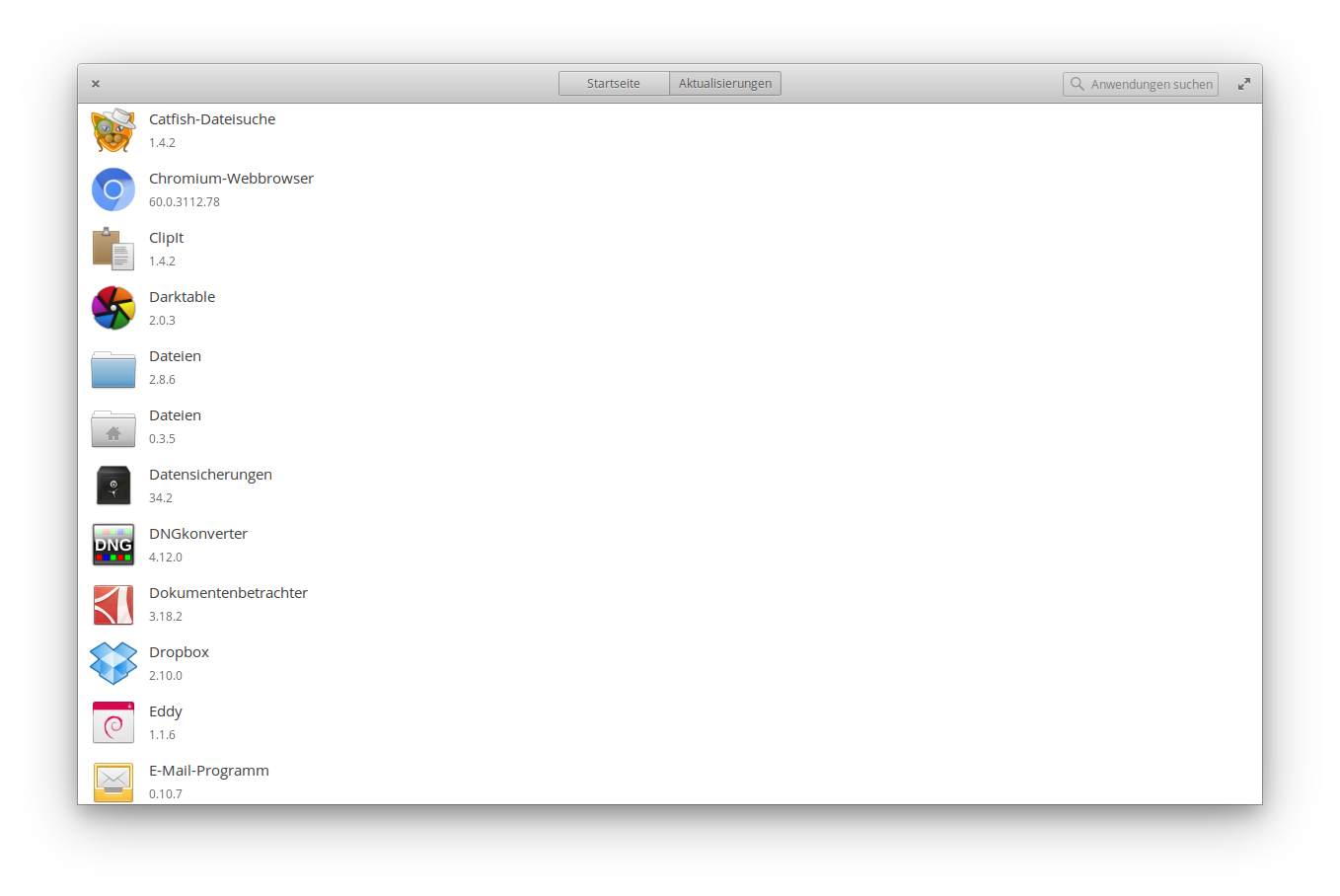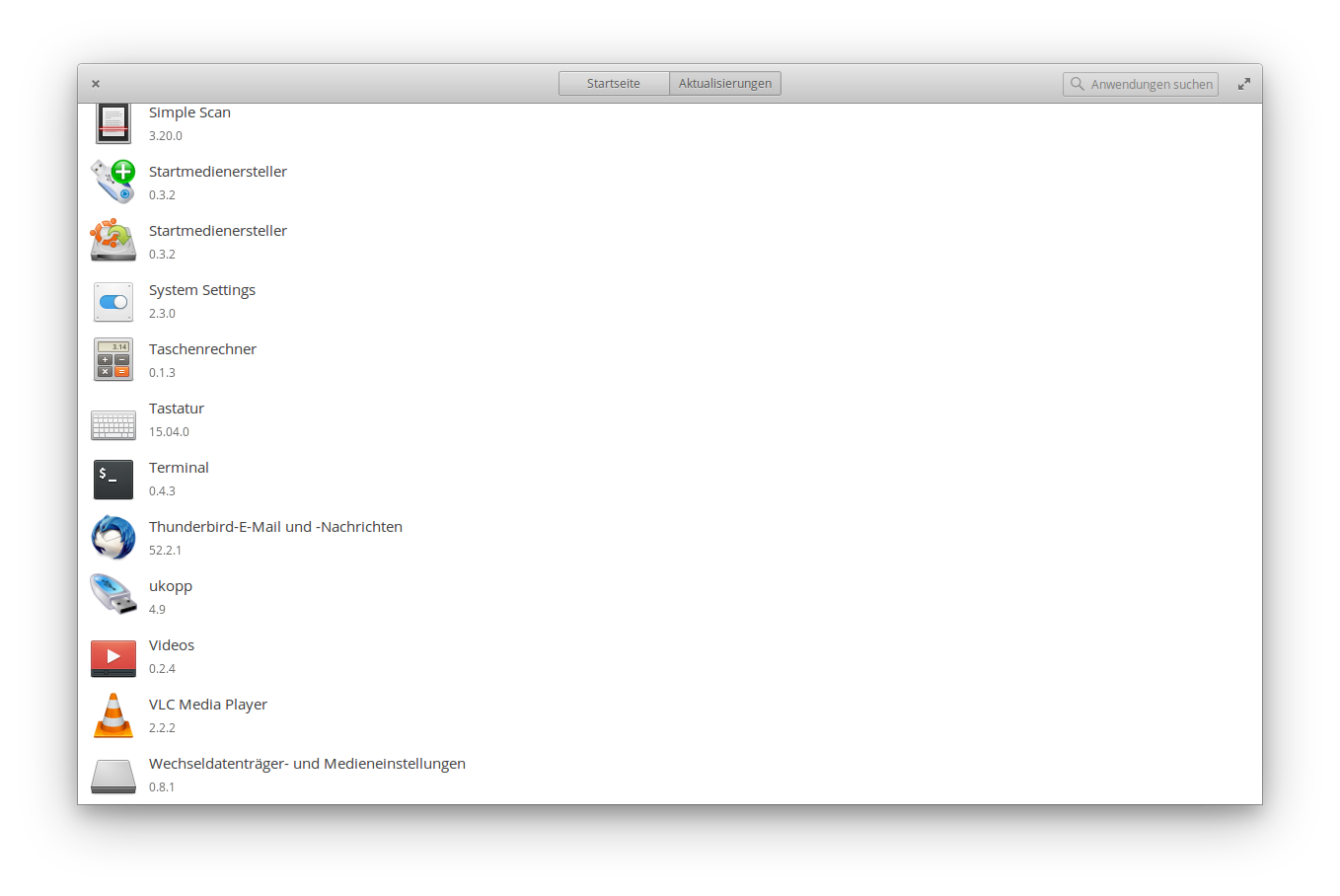4 Useful Tools to Delete Locked Files In Windows
As a Windows user you must have come across messages like “The source or destination file may be in use” and “Cannot delete file: Access denied” while trying to delete a file. This happens because the file or folder is in use by some other program that stops the delete action. Sometimes you may be able to figure out the reason behind it. For example, the image below shows that the file is locked by MS Word and closing the application should solve the problem.
But I have been troubled at times by these messages and my inability to find a reason. As a solution I use third party tools to help me release the files. This article lists down four such wonderful tools.
Unlocker
Unlocker is a decent tool that helps you unlock a file being used by some unknown programs. After having installed the application Unlocker gets added to your context menu. Take the right-click option to launch the interface.
You may either choose to Kill the locking process or Unlock (one or all) the locked files. From the left drop down menu you may delete, rename, move or copy the selected item(s).
IOBit Unlocker
The IOBit Unlocker interface is divided into two parts. To unlock a file/folder you may take the right-click option or drag and drop it to the interface. The upper half of the interface shows the file name and its status while the lower half gives the process details and file paths.
Just like the previous tool, here too along with the unlock option one may choose to rename, delete, copy or move the selected item.
FilExile
Unlike other programs FilEXile (via Ghacks) does not add a context menu option. You must launch the interface in order to delete files. It lets you toggle between File mode and Foldermode. Following this you should browse to the file/directory you wish to delete.
It also has a Logging option to let you see the details of what the program does to remove the select item. The good thing is that it helps you delete files with invalid names or longer paths.
LockHunter
LockHunter adds an option into the explorer menu using which you may determine what is locking the file. The interface shows the processes that are keeping the files locked and gives you options to close or delete selected process/file. An advantage is that the files are sent to the recycle bin and are available for restore.
You may also delete or close the locking processes from your hard drive. This indeed gives a good chance for fighting against malware.








